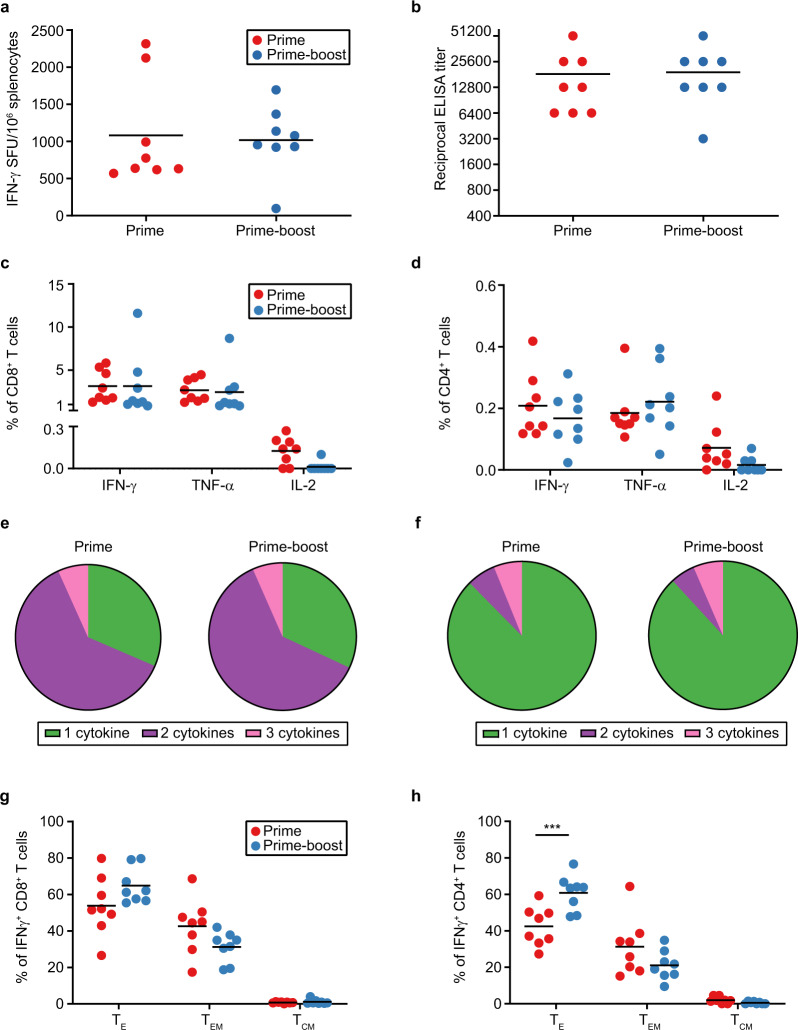Fig. 1. ChAdOx1-Lassa-GPC vaccination elicits a potent cellular and humoral immune response in mice.
CD-1 mice received prime (n = 8) or prime-boost (n = 8) vaccination with ChAdOx1-Lassa-GPC. Spleen and serum samples were collected three weeks after the final immunization. a IFN-γ ELISpot of murine splenocytes measured in spot forming units (SFU) per 1.0 × 106 splenocytes. The magnitudes of the prime and prime-boost responses were determined to be statistically similar by an unpaired t-test. b LASV GP-specific IgG antibody titers in twofold serial-diluted sera were measured by ELISA and were statistically similar according to Mann–Whitney test. The percentage of CD8+ (c) and CD4+ (d) T cells expressing IFN-γ, TNF-α, or IL-2 after GPC peptide pool stimulation was determined by intracellular cytokine staining of splenocytes. Graphed values reflect adjustment to exclude non-specific cytokine expression as measured from a corresponding set of unstimulated samples. All statistical comparisons between the prime and prime-boost vaccinates were not significant by two-way ANOVA with Sidak’s multiple comparisons test. The proportion of cytokine-secreting (IFN-γ+, TNF-α+, or IL-2+) CD8+ (e) and CD4+ (f) T cells expressing only one or multiple cytokines. Percentages of LASV-specific (IFN-γ+) CD8+ (g) and CD4+ (h) T cells exhibiting TE, TEM, and TCM phenotypes as determined by immunostaining for CD44, CD62L, and CD127 surface markers. Phenotypic differences in the T-cell responses of the prime and prime-boost groups were not statistically significant by two-way ANOVA with Sidak’s multiple comparisons test, except for the increase in the CD4+ TE subset post boost (***p = 0.0009).

